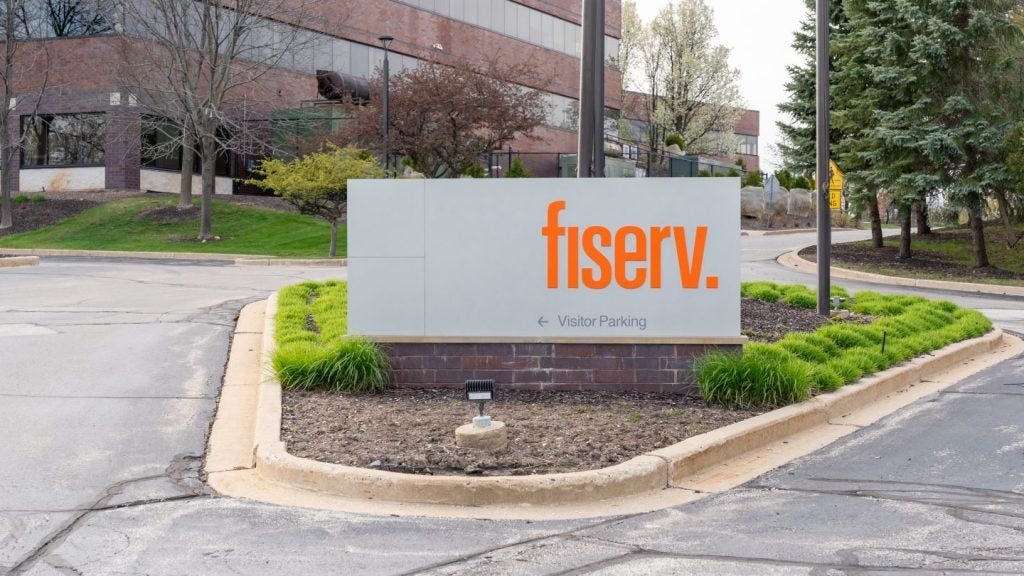Mobile phone-based banking in the US has been finding its feet
during the past few years and has now reached the point where
it is about to become mainstream, predicts consultancy Celent.
Growth drivers will include a mobile phone-oriented younger
generation and new technologies. Charles Davis
reports.
The long-awaited tipping point for mobile banking in the US may
finally be coming to fruition. A new study by consultancy Celent
finds a market on the verge of takeoff, as technology and consumer
demand coalesce. In fact, mobile banking will grow significantly
faster in the years to come than online banking, according to the
report, US Mobile Banking: Beyond the Buzz.
By 2010, Celent predicts that 35 percent of online banking
households will be using mobile banking, up from less than 1
percent today and accounting for roughly 17 million households. New
functionalities will make mobile banking distinct from online
banking and attract new users. For instance, mobile banking will
eventually allow users to make payments at the physical point of
sale. These mobile contactless payments are predicted to make up 10
percent of the contactless market by 2010.
The Generation Y factor
Mobile banking initiatives are of particular interest to 18 to 25
year olds, also known as Generation Y. They will gravitate to
mobile banking faster than the general population. According to
Celent, 40 percent of Generation Y indicate that mobile financial
services will be a factor in their choice of bank. Five years from
now, a significant percentage of this demographic will be in mobile
phone-only households, retrieving information and conducting
transactions from their handheld devices frequently, the study
said.
Celent estimates that by 2010, upwards of 70 percent of bank centre
call volume will come from mobile phones. Half those calls will be
related to basic balance inquiry information. This information will
be readily available on a phone and will take less time than a
phone call. A customer service inquiry via mobile banking, as
opposed to a call centre, will cost less and be an impetus for
banks to embrace this new channel.

US Tariffs are shifting - will you react or anticipate?
Don’t let policy changes catch you off guard. Stay proactive with real-time data and expert analysis.
By GlobalData“The mobile banking end game will not be about checking balances
and paying bills. It will evolve into a mobile wallet, allowing
banks to generate greater electronic payment volume through the
combination of electronic loyalty programmes, mobile marketing, and
contactless payments,” said Dan Schatt, author of the report and
formerly a senior analyst at Celent. Schatt recently left Celent to
head mobile payments at PayPal.
Celent expects larger bank processors to begin offering mobile
banking services to banks in 2008, either by building their own
technologies or by acquiring existing vendors. The consultancy also
predicts that banks will increasingly adopt mobile internet
browsers and that more vendors will expand their offerings to
support this modality.
For the past 10 years, mobile phone adoption in the US has grown to
the point where such devices are considered to be a necessity in
consumers’ lives. Mobile device penetration is at about 76 percent
and is anticipated to grow to 80 percent this year. With so many
mobile devices in the hands of US consumers, the most vital
building block of the mobile banking infrastructure is already in
place, emphasised Schatt. The turning point, he explained, is ease
of use.
Internet banking parallels
Anyone who tried internet banking 10 years ago can recall the
onerous process of setting up an online account. Banks then were
required to be in the software business, handing out disks and
complicated installation instructions. But the turning point in
online banking adoption occurred as services migrated to the
internet and broadband usage grew.
The parallels with mobile banking are striking: a few years ago,
mobile banking’s start was similar to that of online banking; the
network speeds were too slow, handsets could not support advanced
capabilities, and obtaining additional insight into one’s financial
transactions was extremely cumbersome.
Today, mobile phones in the US have reached ubiquity. And speed is
no longer an issue. In fact, the Celent report notes that a mobile
device is now the fastest way to obtain basic account information –
in an average of 10 seconds or less.
One of the report’s most interesting sections raises the question
of whether mobile banking is an extension of the online channel or
a channel unto itself. Schatt believes that eventually, mobile
banking and mobile commerce will blend and form a new
channel.
“Today, online banking and bill payment have grown increasingly
expensive for banks because they are given away for free,” said
Schatt. “Just as consumer online bill payment has proven to be more
retention-oriented, keeping a bank’s most profitable consumers
coming back for more, the mobile banking channel will have an
opportunity to blend payments and remote banking in a way that will
become even more sticky, allowing the consumer’s mobile phone to
act as their wallet. While this blended banking/payments
functionality does not exist in the market today, the leading
mobile banking vendors have an eye toward this convergence, and it
will increasingly show up on forward-looking product roadmaps. The
decisions a financial institution makes today will greatly impact
the degree to which a mobile application can be used as a strategic
channel.”
Beware of WAP
Distinguishing payments from banking, Schatt notes in the report
that as banks look to market payment products, a highly strategic
mobile banking application will allow banks to customise product
workflows and financial product information that can leverage the
mobile phone’s portability and alerting functionality.
“Nowhere will this be more apparent than with proximity payments,
which can offer banks the ability to communicate with customers
just prior they make a purchase,” Schatt said. “As contactless
cards and the ensuing point-of-sale terminals are increasingly
rolled out in the US, mobile phones will be equipped with
near-field communications chips that may eventually leverage the
contactless payment infrastructure that the card industry has been
building.”
In conclusion, Celent urged banks to consider a multi-pronged
mobile banking strategy. A paired short message service and
Java/Brew operating systems client deployment can blend popular
alerting capabilities with the higher level of usability, speed,
and convenience an application has to offer. Although it is
tempting to leverage an existing online banking infrastructure for
use with a wireless application protocol (WAP) application, banks
should consider this option very carefully.







